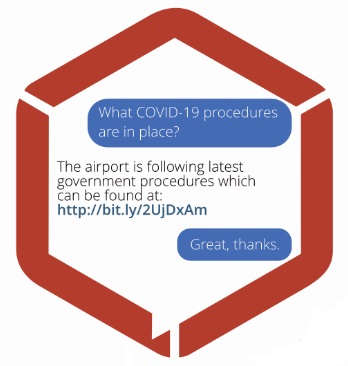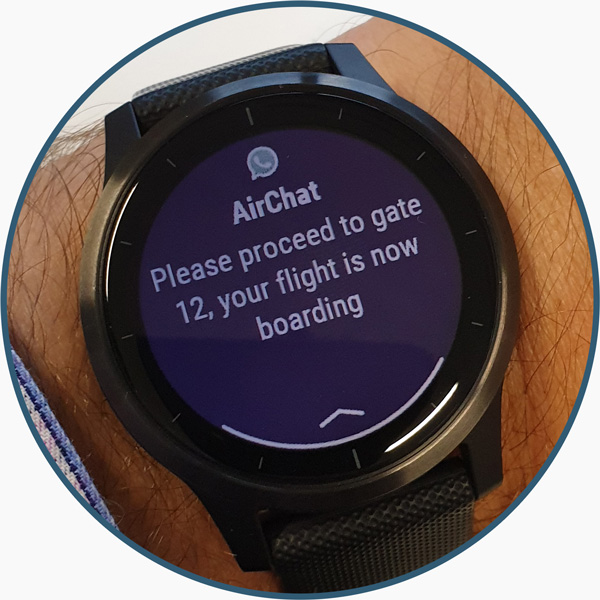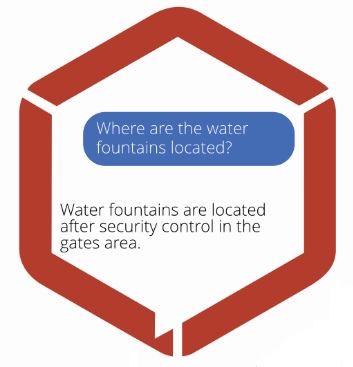
Passenger communication is key in times of uncertainty….
Times of crisis and disruption increase the passenger’s questions and reliance on being informed. Whether it is a storm lasting a few hours or a pandemic lasting weeks/months. During the COVID-19 we have seen dramatic increases in questions, both regarding flight updates and also relating to changes to process and uncertainty.
Our main aim was to align Pandemics Phases with passengers’ questions and concerns. The World Health Organisation (WHO) categories PANDEMIC PHASES. The grouping and description of pandemic phases have been revised to make them easier to understand, more precise, and based upon observable phenomena.

Phases 1-3 correlate with preparedness, including capacity development and response planning activities, while Phases 4-6 clearly signal the need for response and mitigation efforts. Furthermore, periods after the first pandemic wave are elaborated to facilitate post-pandemic recovery activities.
With Airports using modern technologies such as Natural Language to provide passengers with automated (chatbot) responses we have aligned the types of questions, we are witnessing at the different WHO pandemic phases.
Crisis Communication: Phase 1-3
This is really business, as usual, the pandemic isn’t affecting or concerning the passenger.
Crisis Communication: Phase 4 – Containment
Passengers are asking about what processes are in place, questions such as:
- Are sanitisers available at the airport?
- What process do you have in place regarding COVID-19?
- What are the procedures at the airport regarding the virus?
The response provided was generic, essentially following government or medical advice and recommendations.
 Crisis Communication: Phase 5-6 – Pandemic
Crisis Communication: Phase 5-6 – Pandemic
During this phase, we are seeing borders closing having a major impact on airlines and airports. Volumes of passenger’s questions and uncertain rise significantly. Initially, we see passengers looking to understand the requirements on them, can they travel, will they be allowed in if they fly etc.
- Do I need a medical certificate to travel?
- Will the airport be closing?
- Do I need to self-isolate?
- I’m flying in two weeks time, will my flight still operate?
The questions are more varied and more specific; to cater to the various questions a dedicated airport webpage is set-up.
As the airlines reduce/stop routes, passenger’s questions relate to repatriation flights.
- How can I get home?
- Which airlines are flying to [country]?
Crisis Communication: Post Peak
The aviation sector is on-hold, waiting for the Post Peak phase to begin and start returning back to normal operations. Again, there will be a period of adjustment where the automated responses during phase 4-5 may no longer be valid.
We saw spikes in questions/flight information when the phases and new procedures were introduced. These phases lasted several days and then reverted to more ‘normal’ levels.
Where clients offered our service via webchat, we saw this communication channel increase, presumably in line with website visits (however we don’t have access to website visitor numbers). Typically, volumes increased by > 500%. During adverse weather we actually see higher volumes but over a shorter timescale.
Take-away considerations:
If the airlines are struggling with volumes the passenger will turn to the airport for answers
Schedules of airlines are fluid, so the passenger doesn’t know their options on specific routes. Who can they turn to for this information, as the airport only has scheduled information?






